Michiel Janszoon van Mierevelt (1 May 1566 – 27 June 1641) was a Dutch painter and draftsman of the Dutch Golden Age. He is chiefly known as a portrait painter, and as such, we have some portraits where we can identify rapier hilts used in those times.
Portrait of Frederick Henry of Orange-Nassau, Prince of Orange-Nassau, c.1610
Portrait of Maurits van Oranje-Nassau, c.1607-1641
Maurice of Nassau, prince of Orange and Stadhouder, c.1608
I love the presence of the left-handed dagger. The silver/steel look is also more to my liking. Too bad that van Mierevelt prefers a perspective that obscures the left side.
Portrait of Prince Philip William of Orange, c.1608
Portrait of Ambrogio Spinola, c.1609
I suspect that this type of rapier hilt facilitates its use with a gauntlet. Mental note for HEMA trainer reproductions.
Maurits, Prince of Orange, c.1613-1620
Same type of hilt as the one used by Ambrogio Spinola above. And again, we see the use of armour and a five-finger gauntlet.
Portrait of James Hay, 1st Earl of Carlisle, c.1620
Portrait of prince Maurits of Orange, c.1620
Sir John Borlase, c.1625
Frederick Henry, Prince of Orange, c.1632
This is a sidesword, still in use late into the age of the rapier.
Nathaniel Fiennes, c.1641
This is a beautiful example that in England, during the English Civil War, men used basket-hilt broadswords. As a member of the House of Commons, Nathaniel Fiennes probably chose this attire to show that he is a man of the people compared to those royals and their gilded rapiers.
Portrait of the Duke of Wallenstein
Portrait of a Gentleman
I like the rapier style depicted here, but I love the details on the belt. I think that a blued and gilded hilt would have looked much better than the fully golden look.
Some Thoughts
While we do see a hilt or two for sidesword, we see a lot of rapier hilts, lots and lots of gilded rapier hilts. There are three more ideas we can extract from these paintings. One, that hilts with a downturned bottom quillon in the role of a knuckle bow were quite popular. Probably this facilitates using a rapier hilt with a gauntlet. Second, rapiers were not disposable items, and people, such as Maurits Prince of Orange, kept their rapiers through the years. Last, basket-hilt broadswords in places like England were popular, and I would even speculate, a way to make look closer to the people.
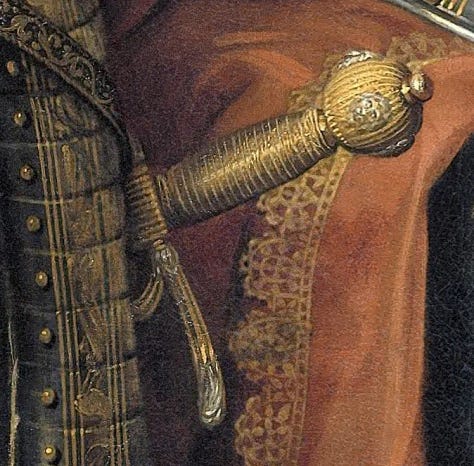
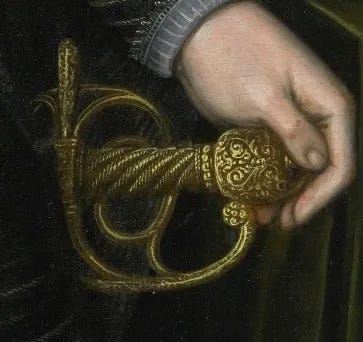
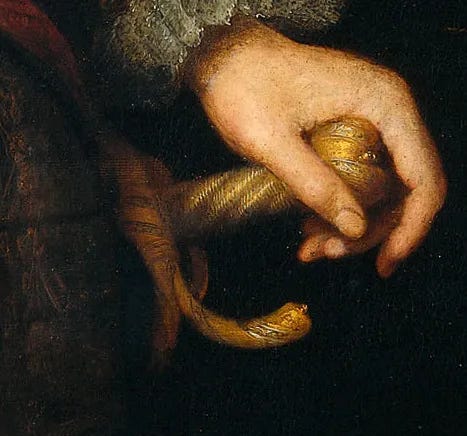
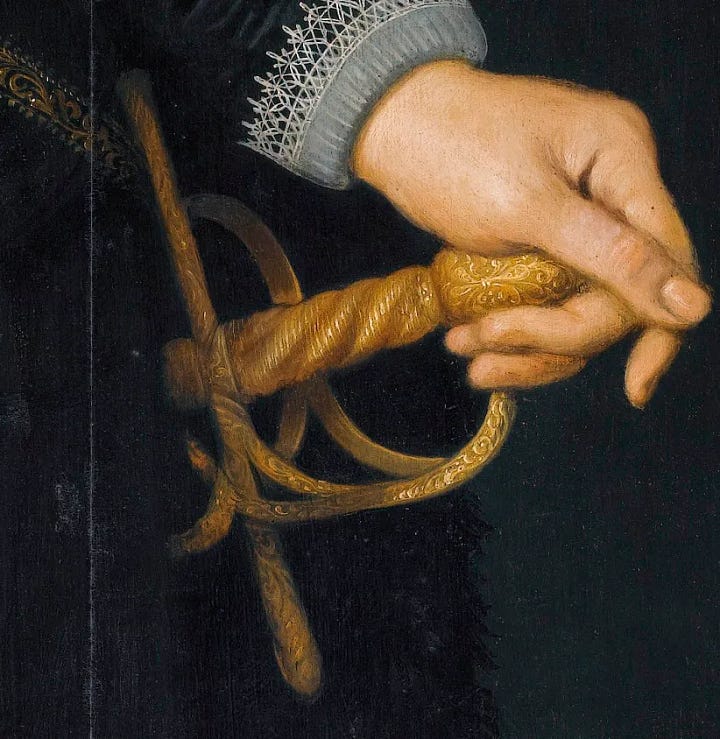
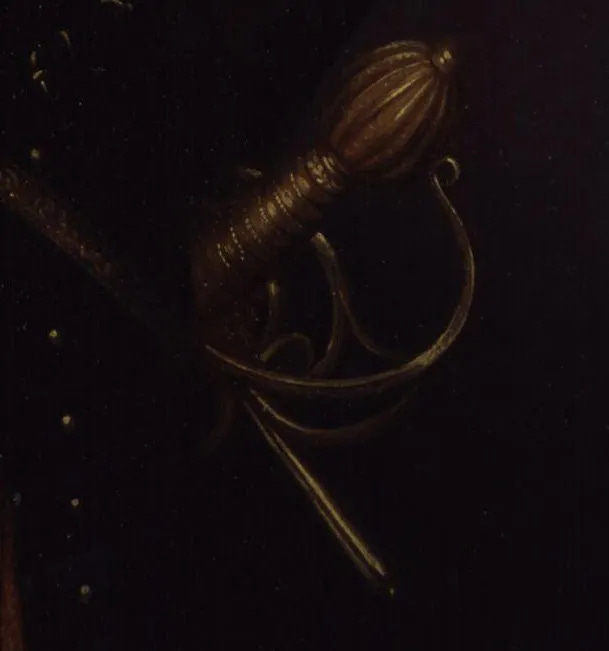




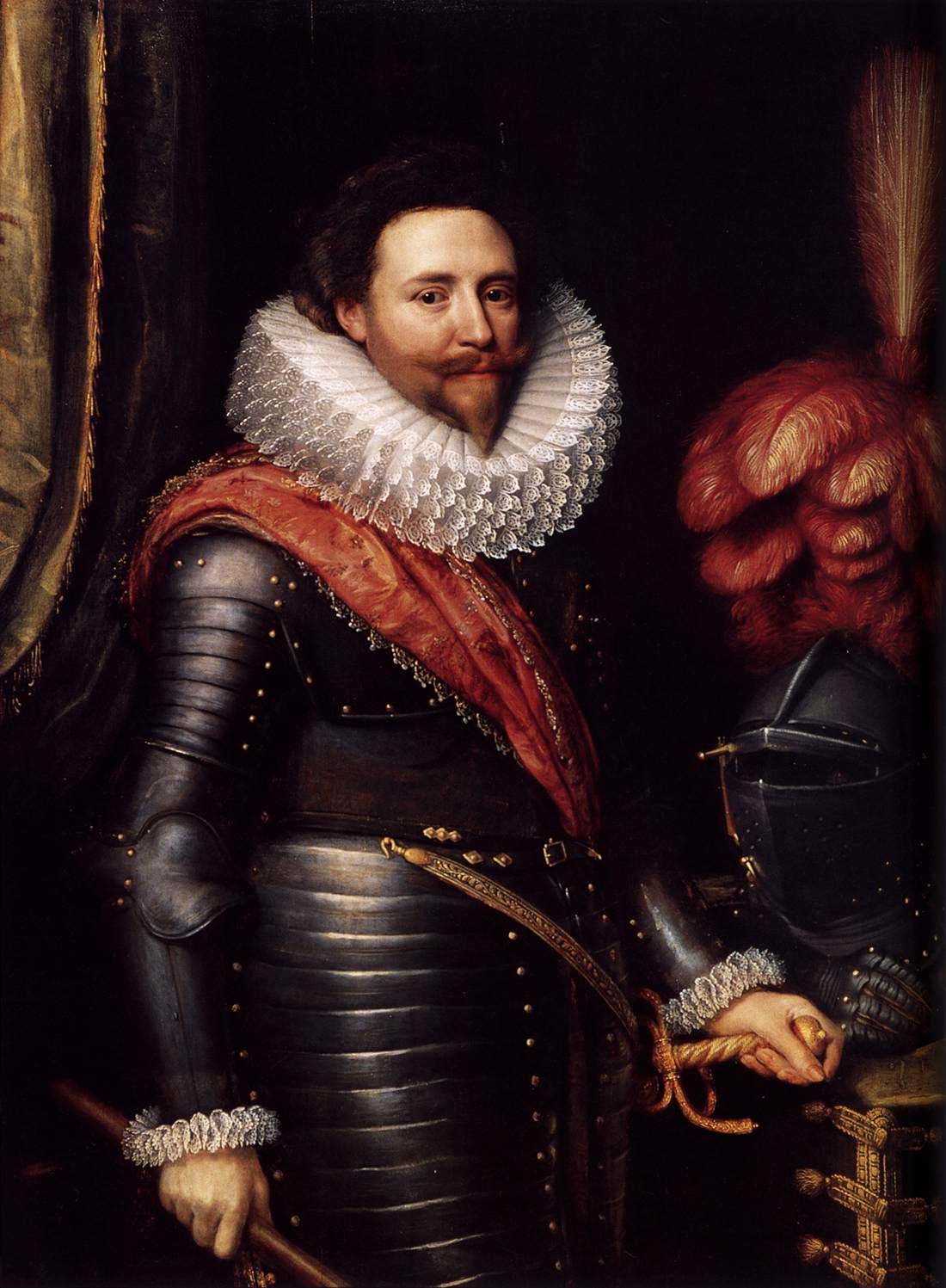
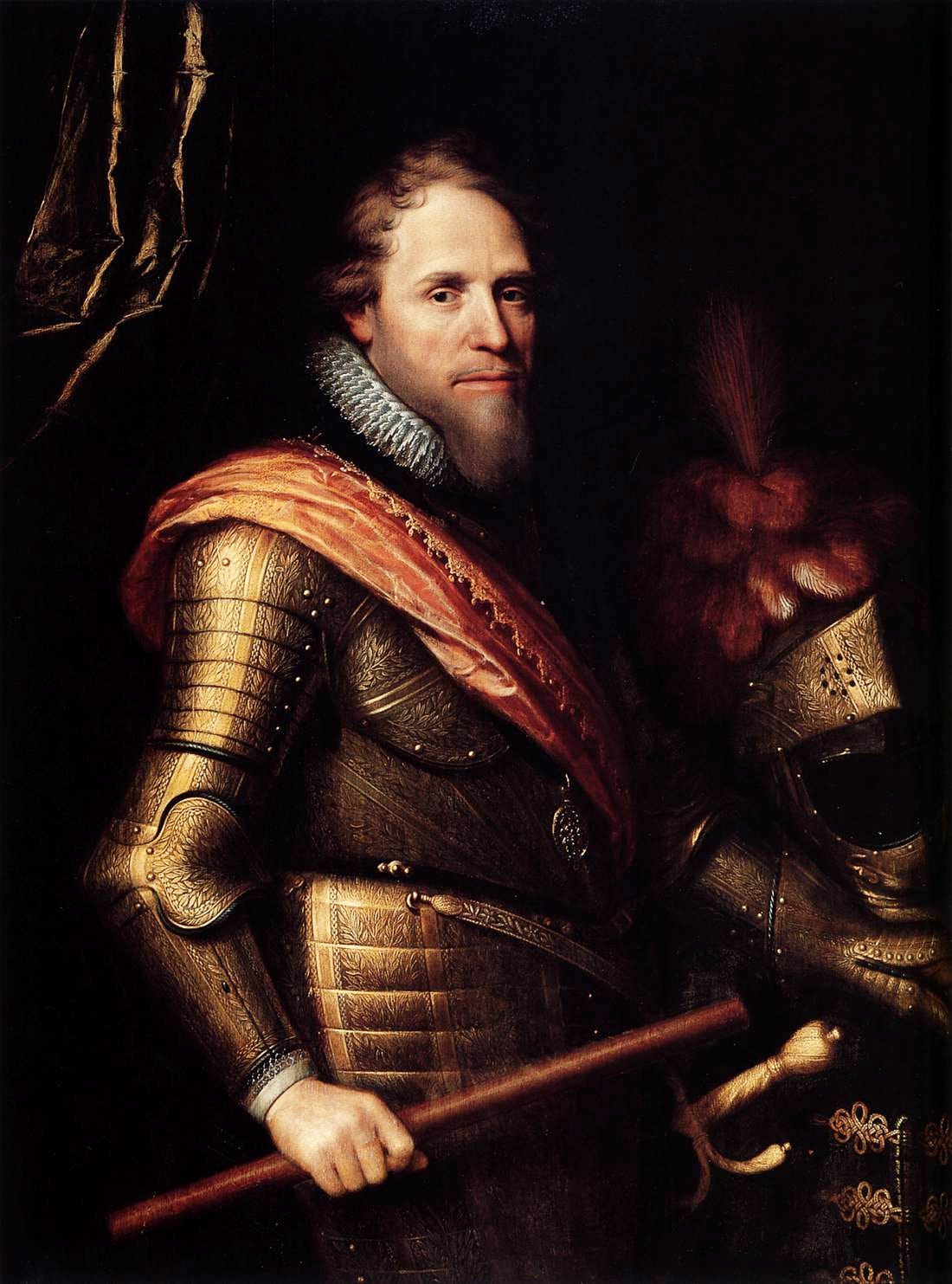
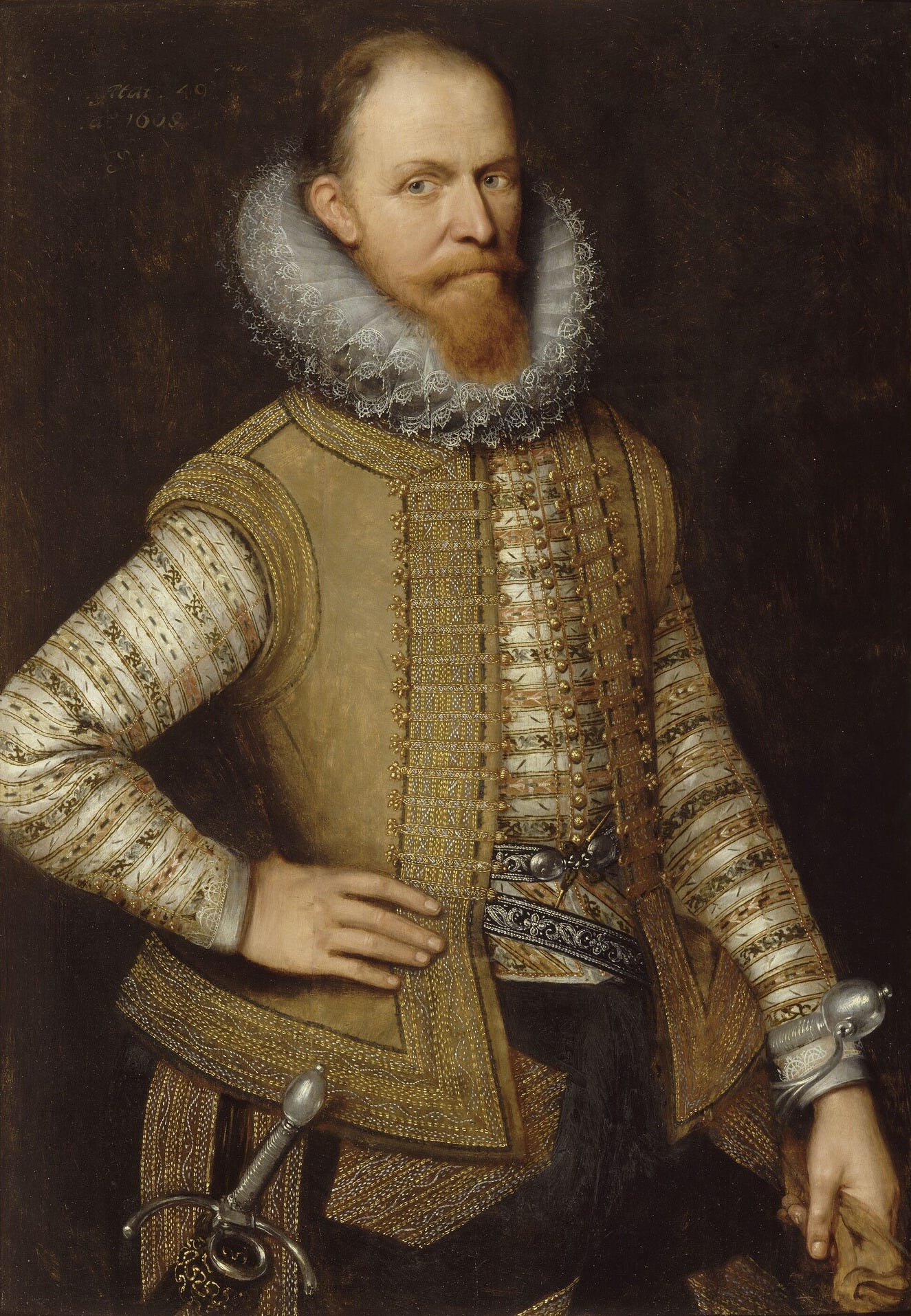
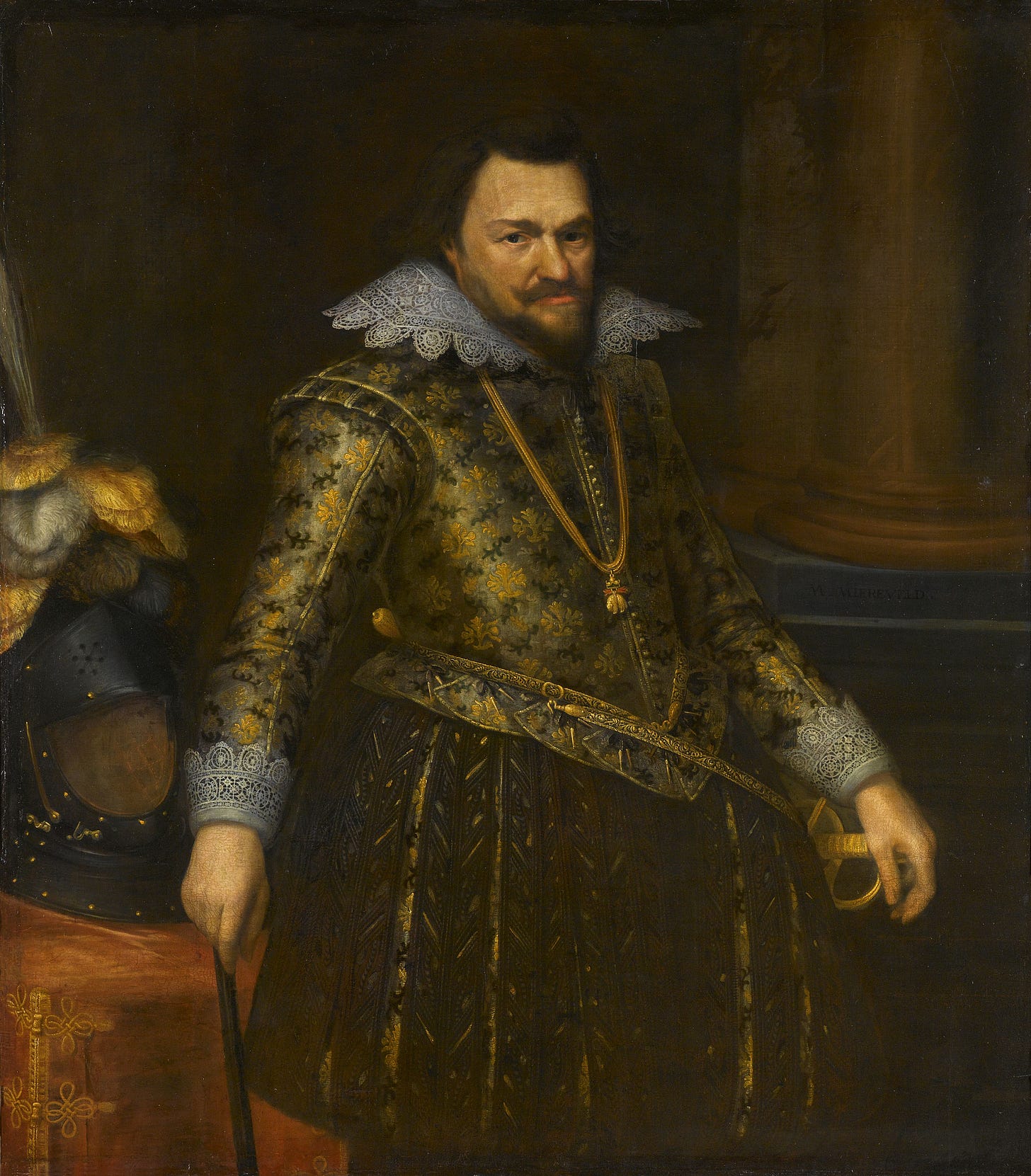
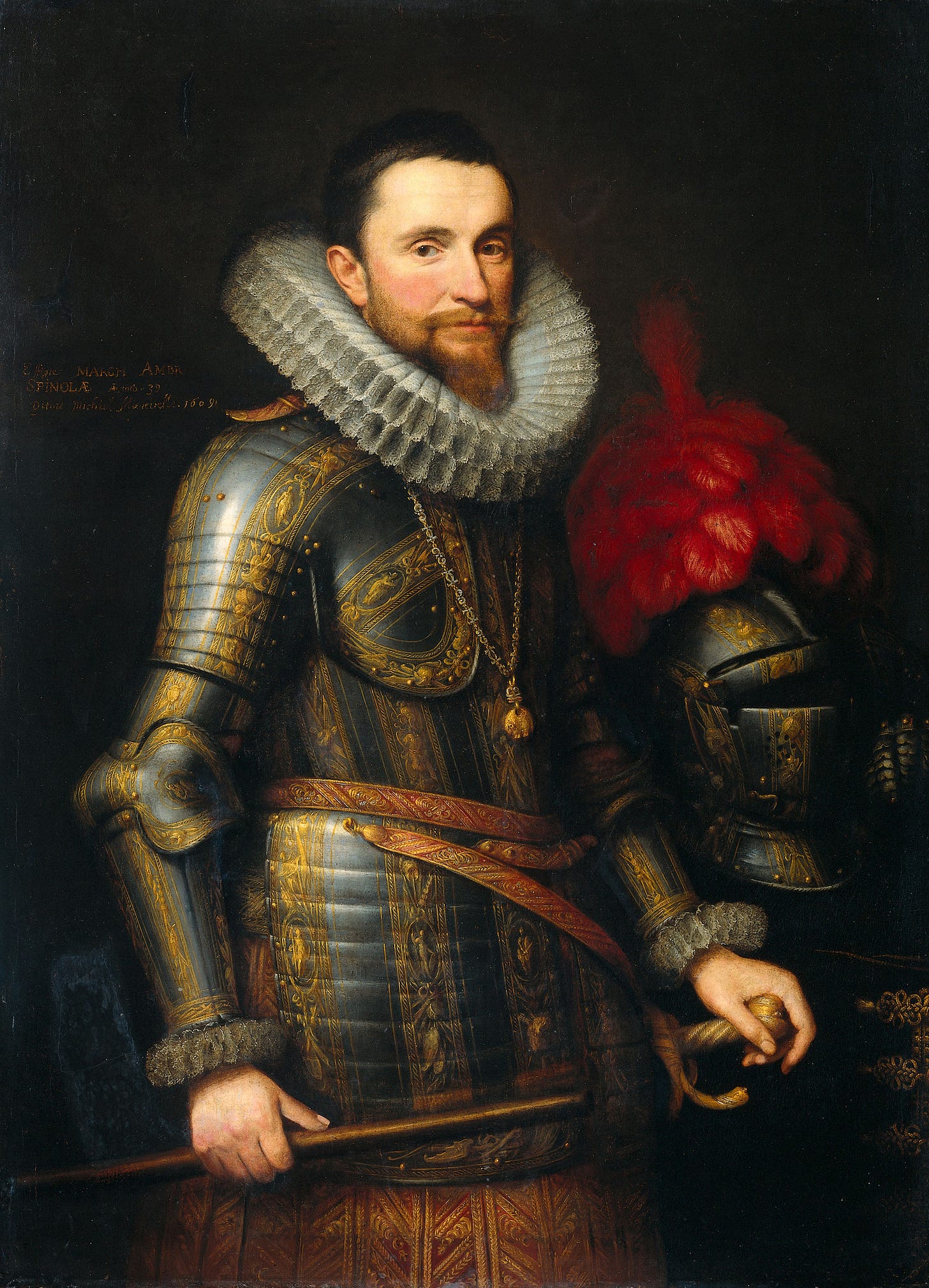
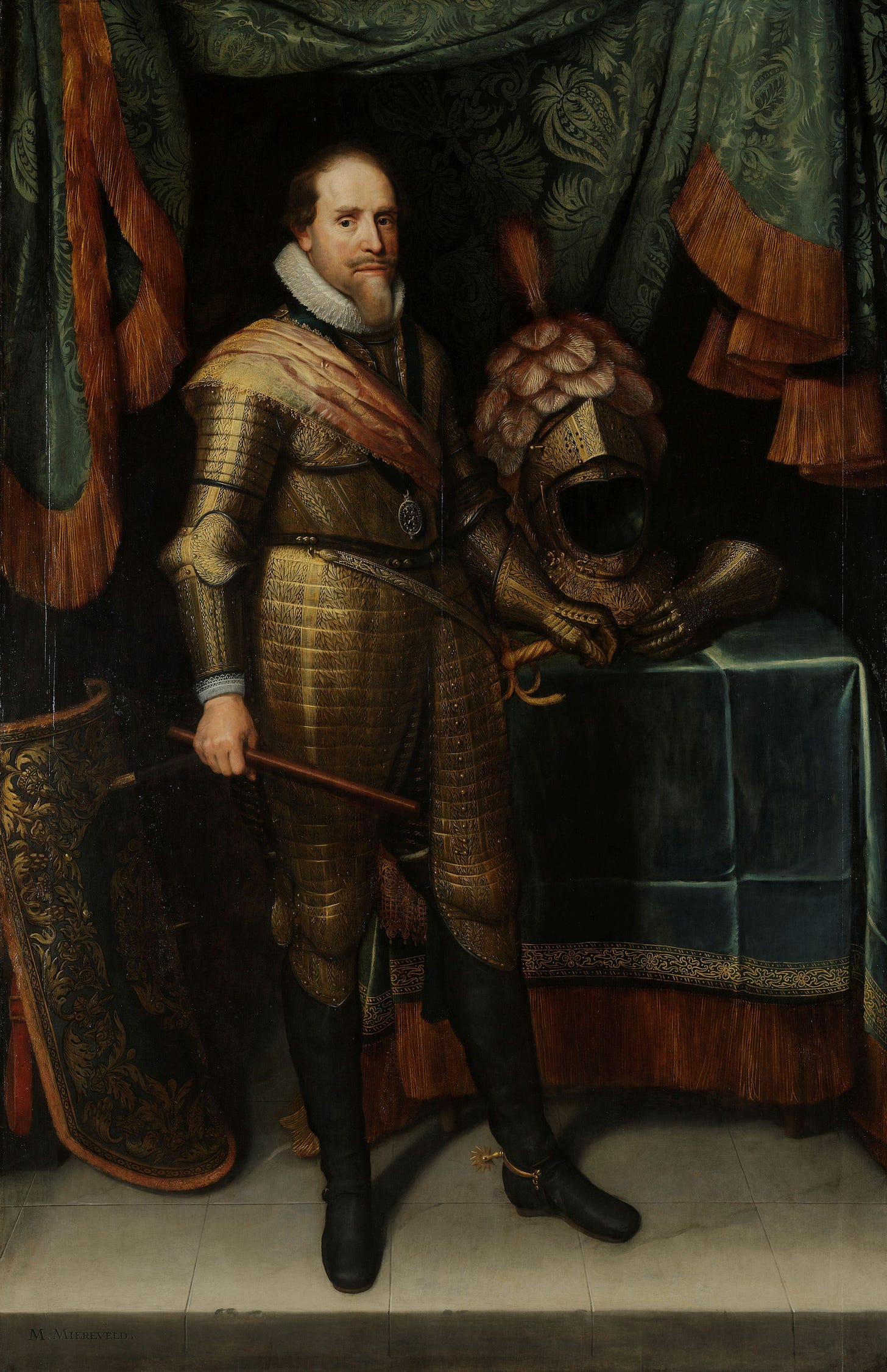
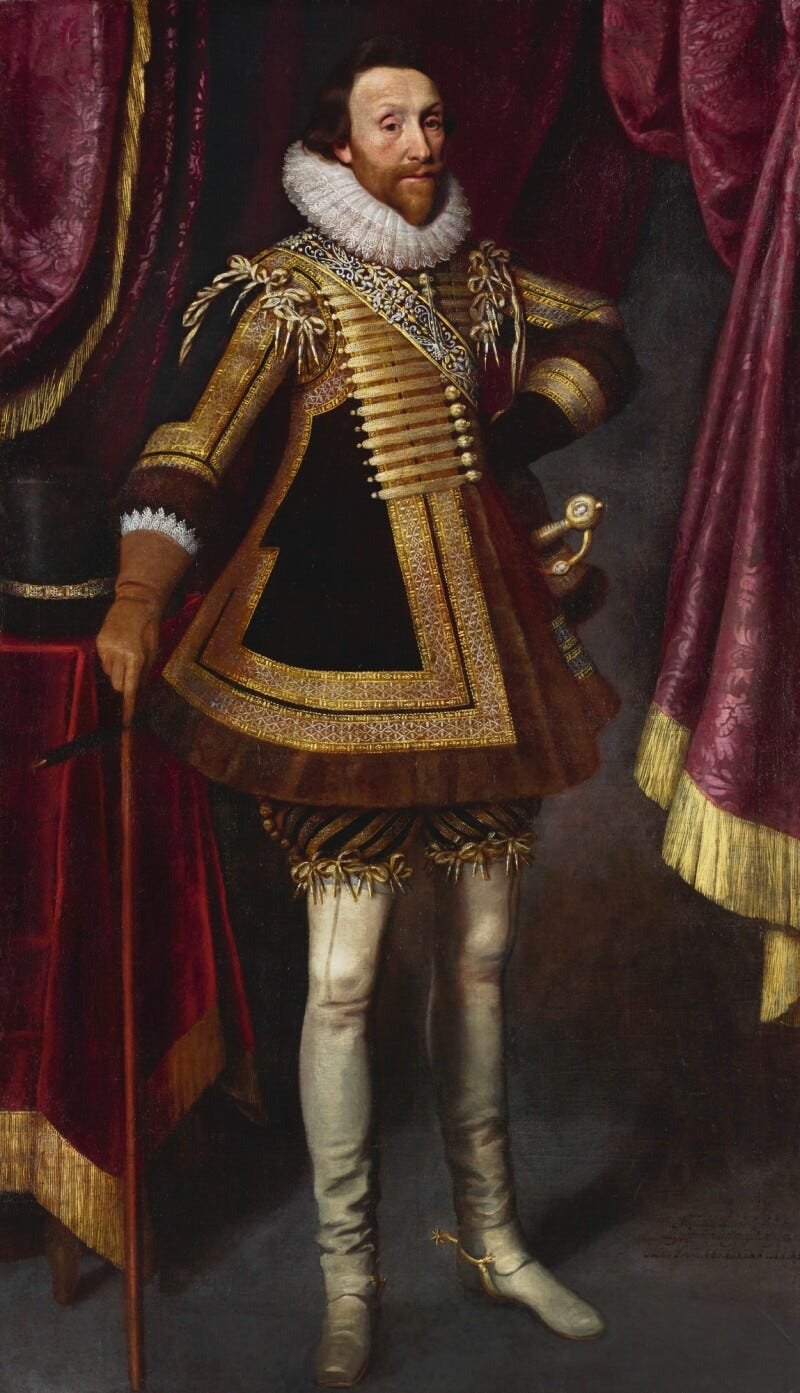
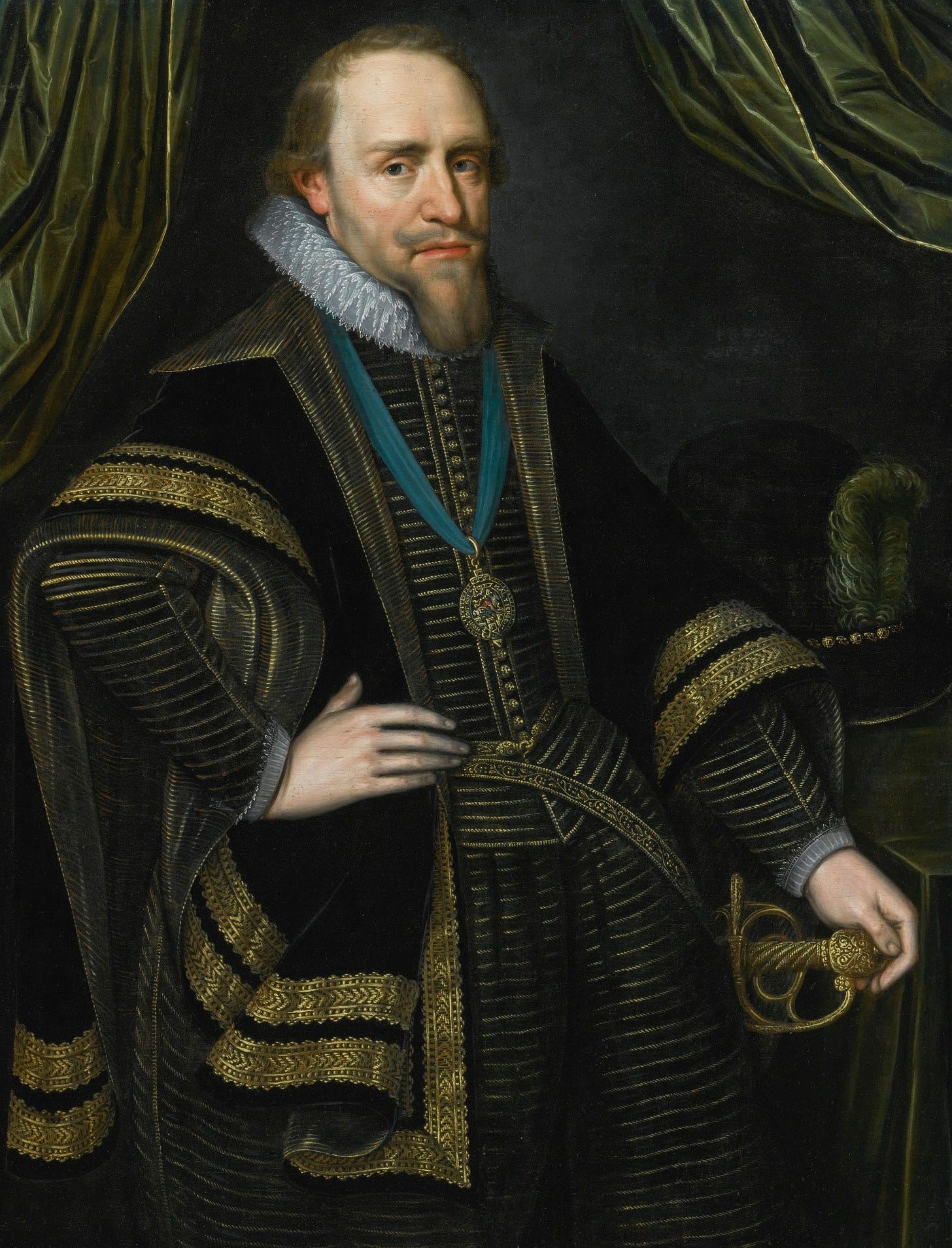
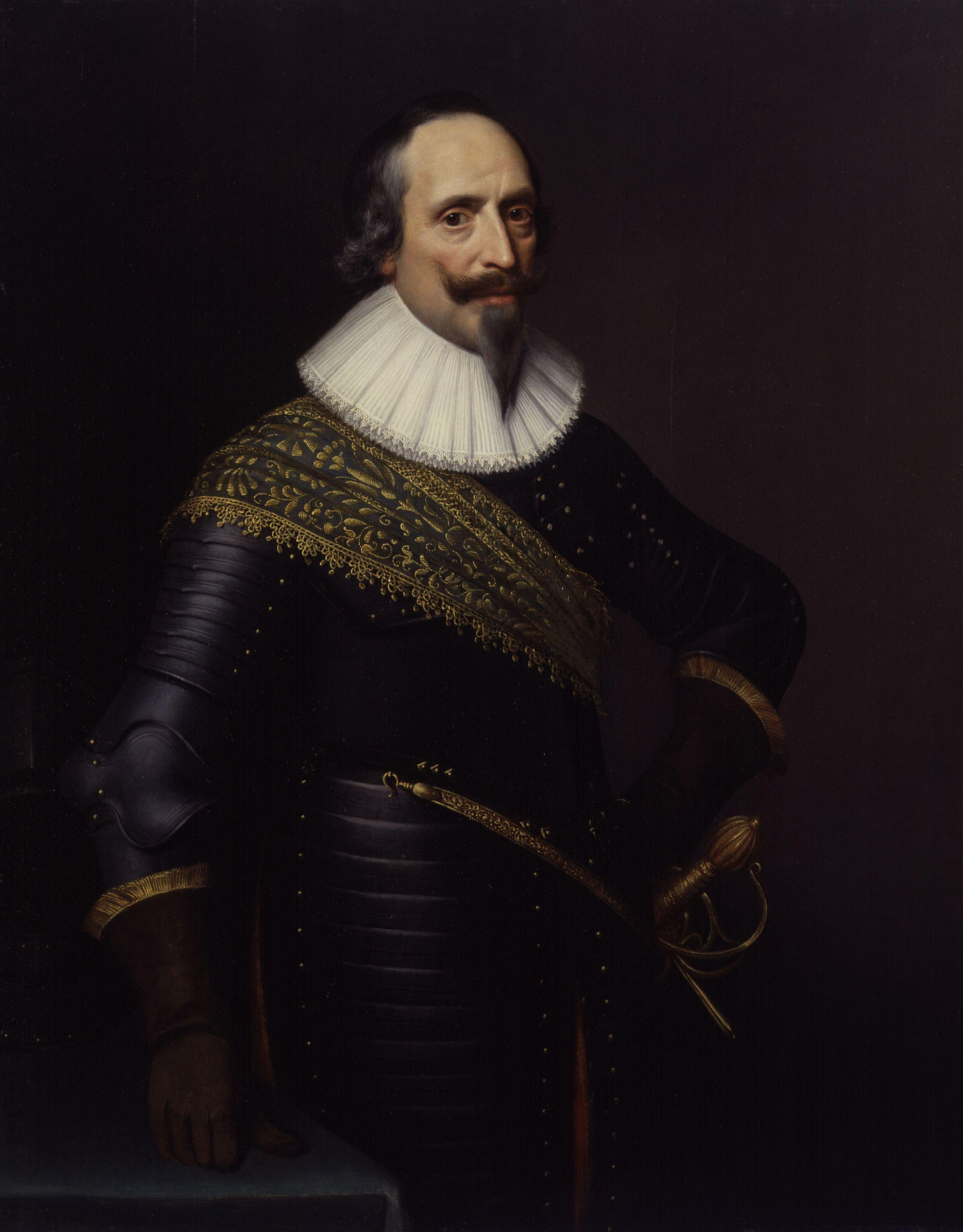
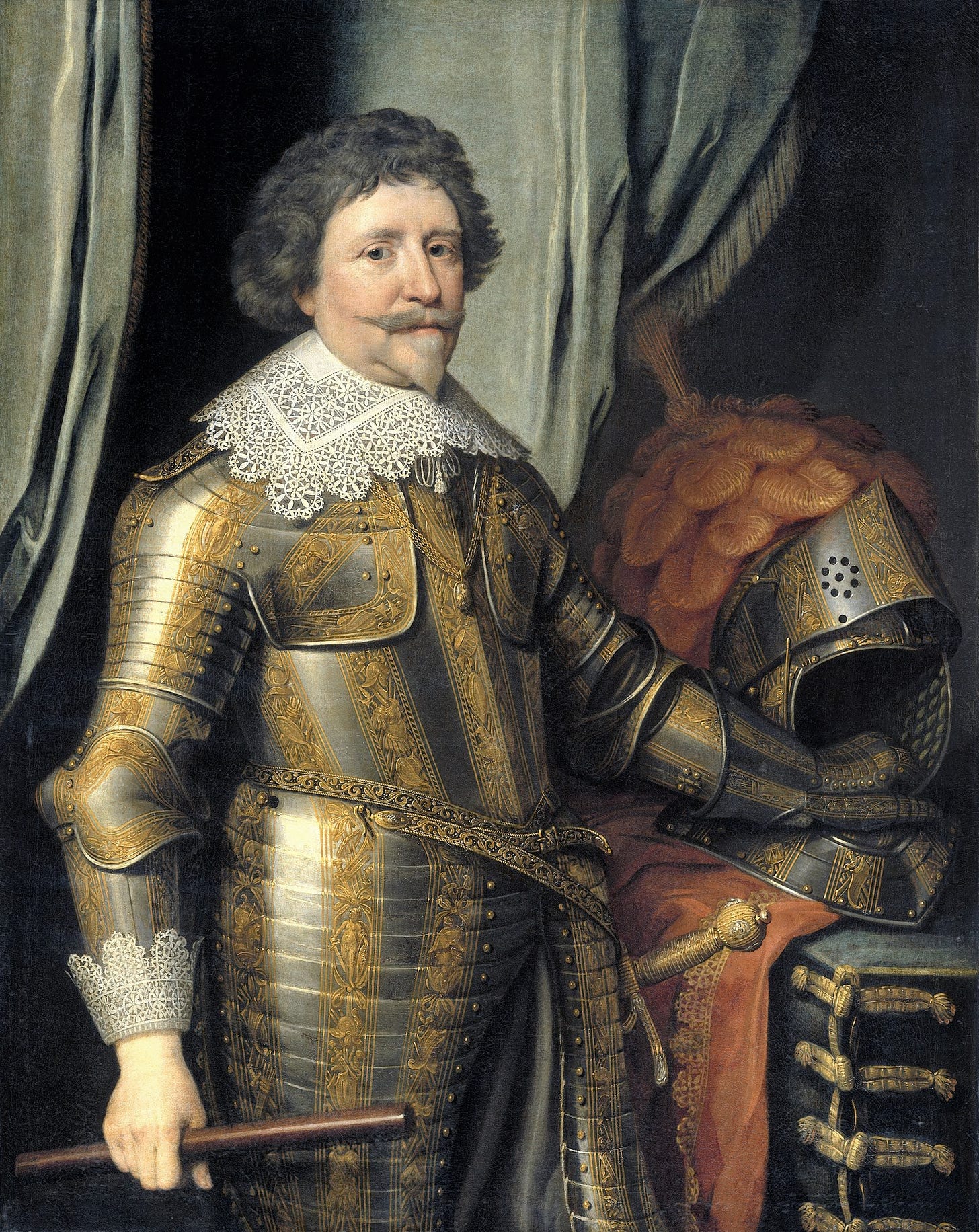
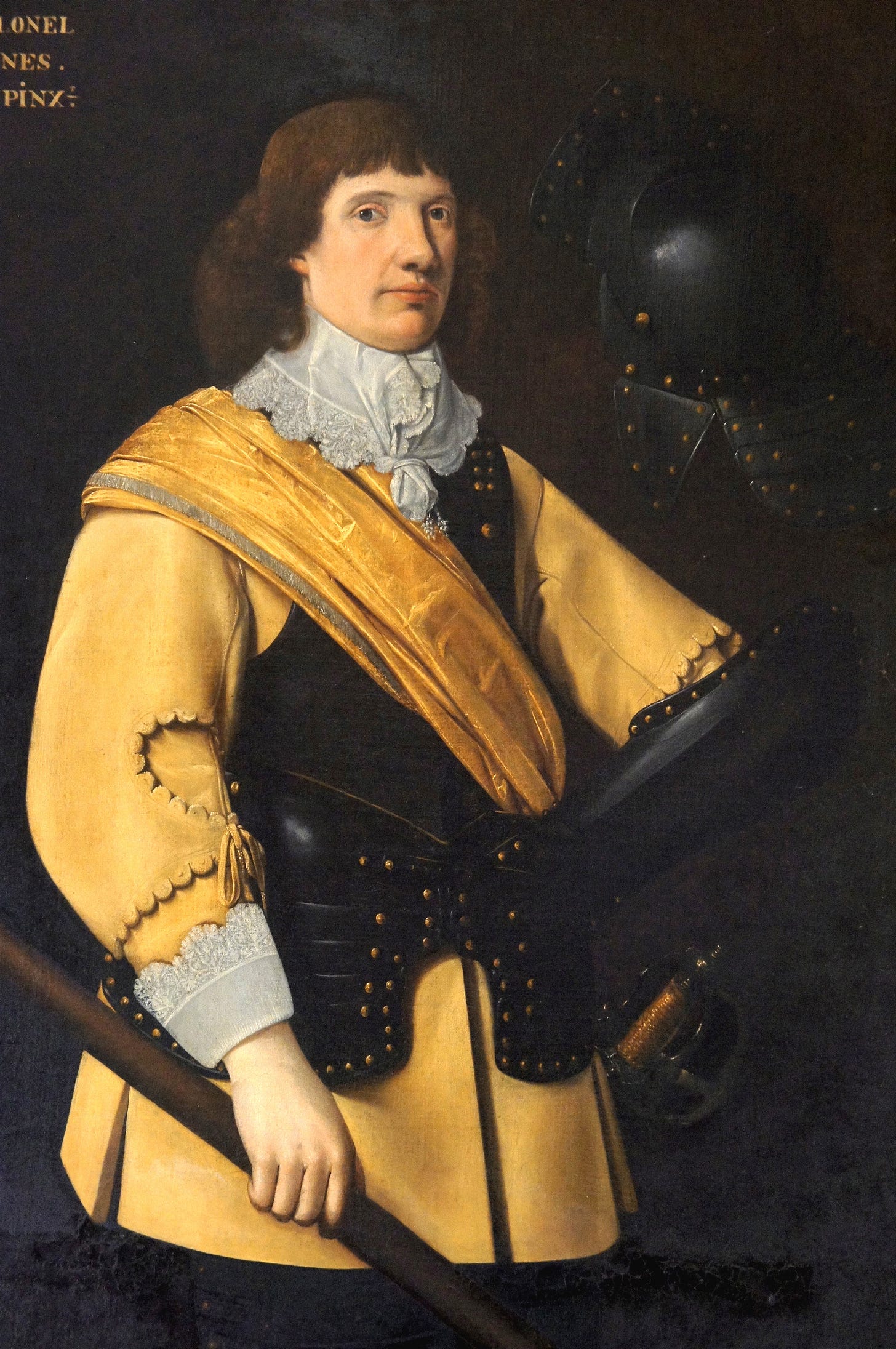
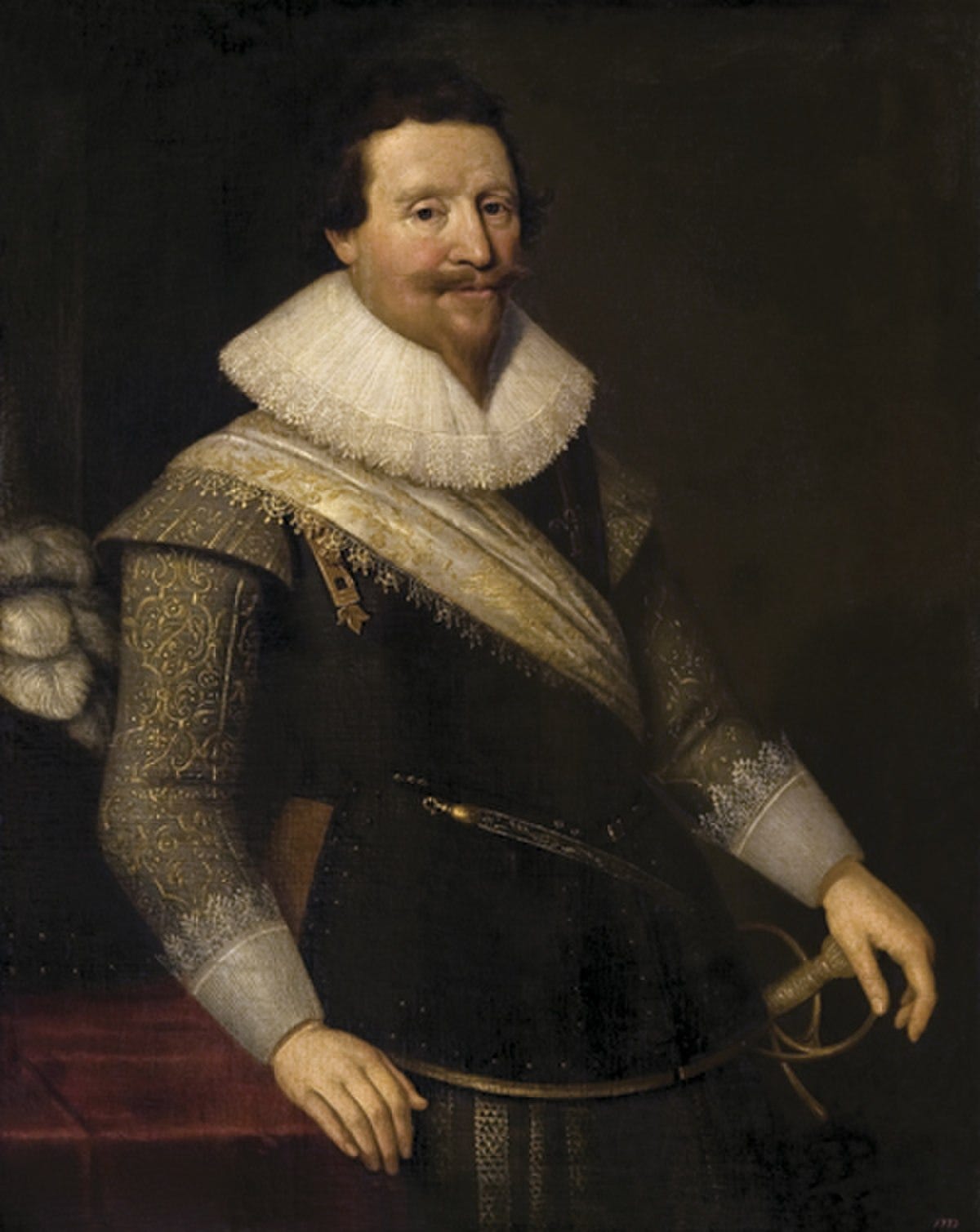
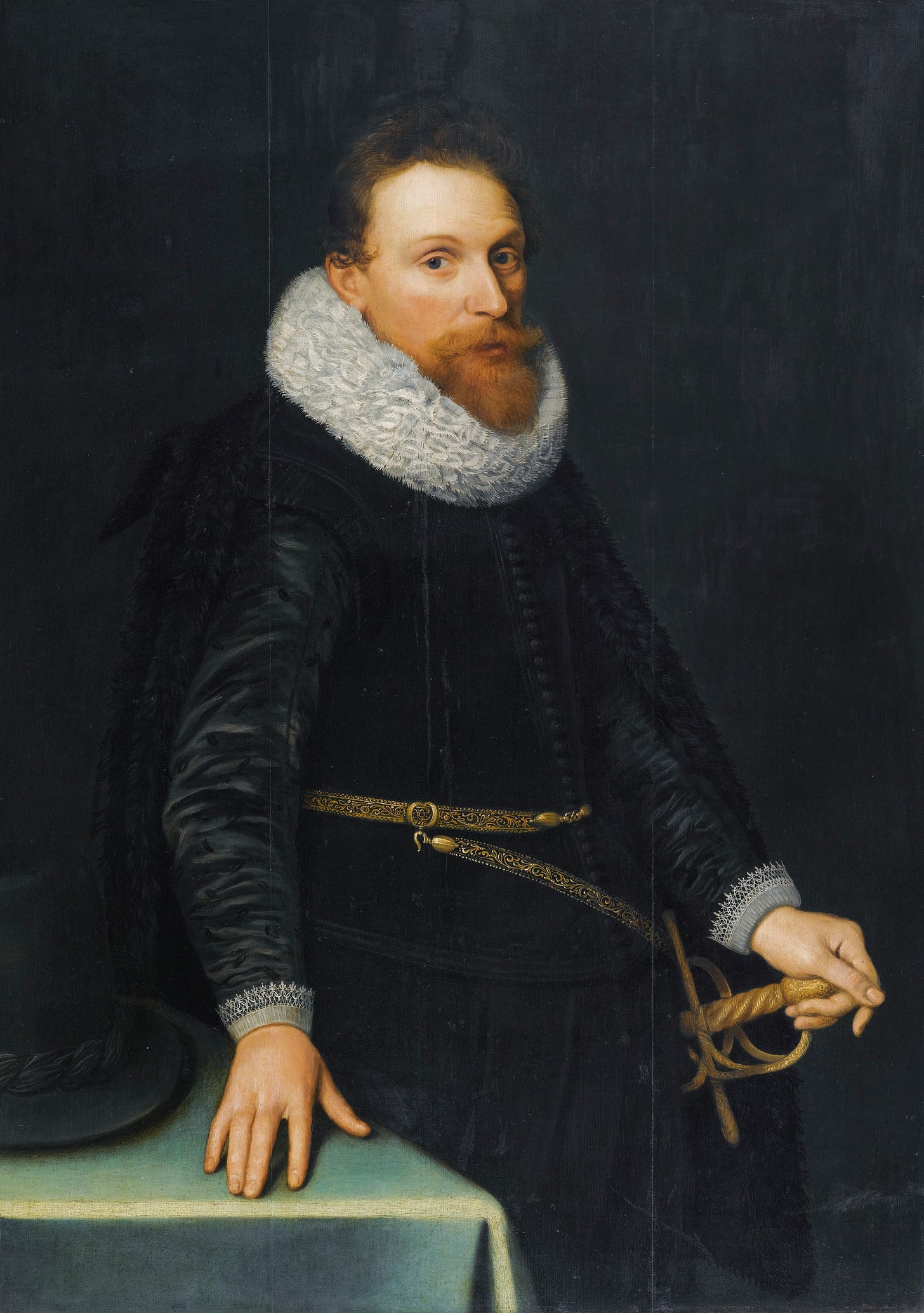
OK - a couple things...
This collection of images points out more clearly than I've seen before that the swords without a full knuckle guard (one that bends all the way to the pommel) were possibly designed for, but certainly ideal for use in armor. Well done with that! My problem with my metal gauntlets, though, has usually been with the fore rings - with getting my finger wrapped around the quillon and the ricasso without getting the whole sword locked in place or otherwise reducing the dexterity. But then I don't have the money to commission the well fitted thin metal multi-plate fingered gauntlets these men have, and that makes all the difference.
Second, all my training gear is polished steel, like that dagger. While some argue heat bluing or even oil blackening protects from rust, I've found that polished steel furniture is simply the easiest to keep runt-free and looking good. Maybe I should dedicate an article to how I care for my equipment...